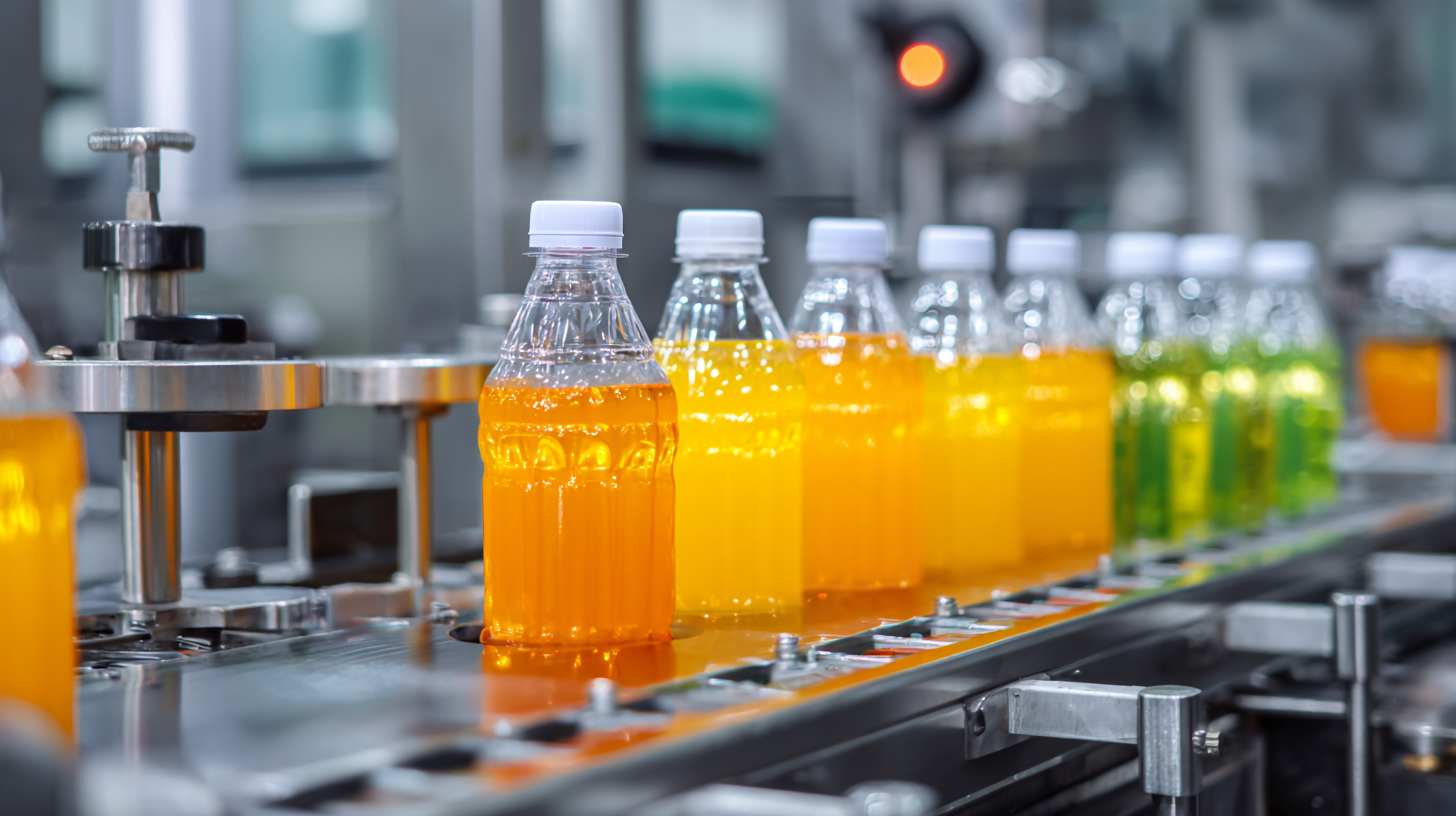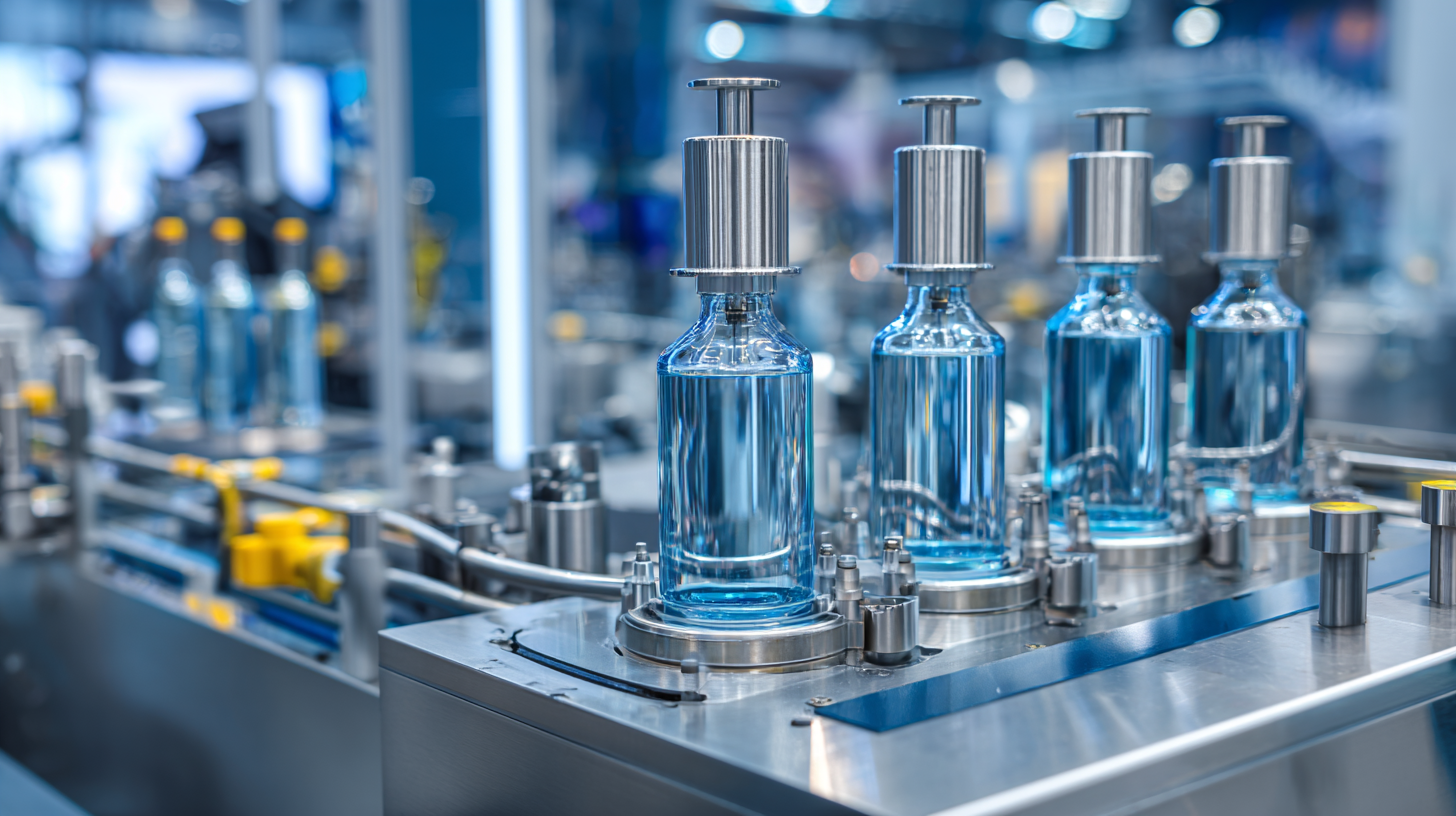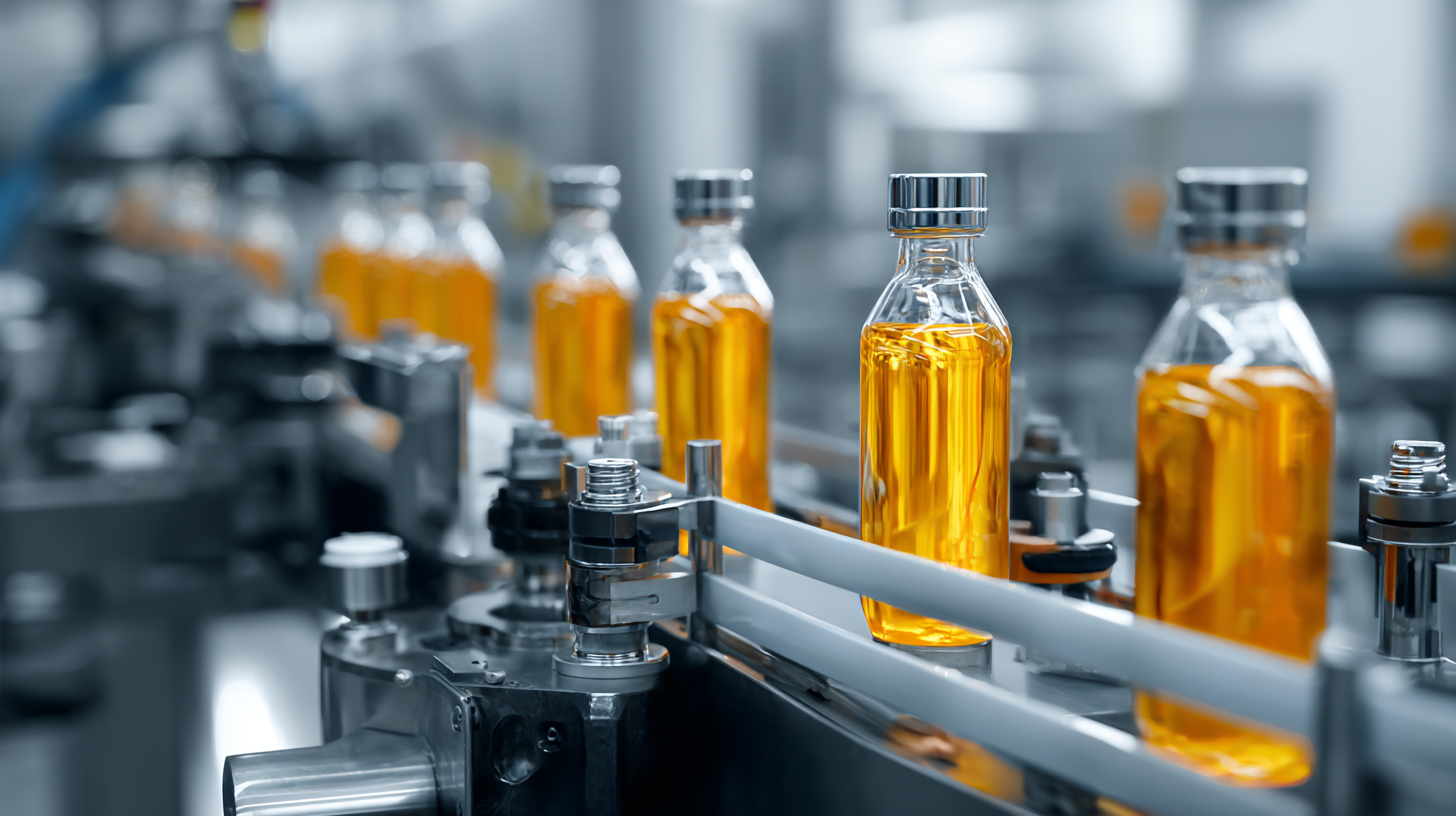
In the ever-evolving landscape of packaging technology, the Liquid Filling Machines market stands out as a crucial segment poised for significant growth. According to a recent report by MarketsandMarkets, the global liquid packaging market is projected to reach $500 billion by 2025, with a substantial portion attributed to advancements in liquid filling machinery. As industries ranging from food and beverage to pharmaceuticals seek to enhance efficiency and compliance with stringent regulations, understanding the dynamics of this market becomes essential for global buyers.

The challenges associated with various types of liquid filling machines—such as viscosity variations, product compatibility, and contamination risks—can complicate decision-making processes. This blog aims to provide key insights and effective strategies to navigate the complexities of the liquid filling machine market in 2025, empowering buyers to make informed choices that align with their operational goals.
As we approach 2025, the liquid filling machine market is witnessing significant transformations driven by advancements in technology and evolving consumer demands. One of the key trends shaping this evolution is the integration of smart technology into liquid filling machines. These systems, equipped with IoT capabilities, allow for real-time monitoring, data collection, and autonomous adjustments. This not only enhances operational efficiency but also ensures compliance with stringent quality standards, making them indispensable for global buyers aiming to optimize their production lines.
Another pivotal trend is the increasing emphasis on sustainability. Manufacturers are innovating to produce machines that minimize waste and energy consumption. With environmental considerations becoming a priority, liquid filling machines are being designed to be more eco-friendly, utilizing materials that reduce environmental impact. Buyers in the market will benefit from understanding these trends, allowing them to align their purchasing decisions with technologies that support both efficiency and sustainability in their operations. As 2025 approaches, staying ahead of these trends will be crucial for organizations aiming to thrive in a competitive landscape.
This chart illustrates the projected growth of different liquid filling machine types by 2025. It highlights the increasing demand for automatic machines and the stable market for semi-automatic and manual machines.
In the dynamic landscape of the liquid filling machine market, understanding the key product types is essential for buyers looking to make informed decisions.
Among the most prevalent types are gravity filling machines, vacuum filling machines, and piston filling machines.
Gravity fillers are ideal for thinner liquids, leveraging gravity to ensure accurate filling. Meanwhile, vacuum filling machines excel with viscous products, using a vacuum to remove air and achieve consistent fill levels. Piston fillers, on the other hand, are highly versatile, accommodating a wide range of liquid viscosities and allowing for precise measurements.
When exploring these options, buyers should consider specific features that cater to their production needs.
For instance, look for machines that offer easy cleaning and maintenance, especially if switching between different liquids frequently.
Additionally, advanced technology such as quick-changeover capabilities can significantly enhance efficiency, reducing downtime during production shifts.
Tip: Always request demonstrations to evaluate the machine’s performance in real-life scenarios, as this will provide insight into its operational reliability.
Furthermore, considering the scalability of the equipment can save buyers from facing limitations as their production demands grow.
When evaluating market needs for liquid filling machines in 2025, it is crucial for global buyers to align their choices with the specific requirements of their industry. Different sectors, such as pharmaceuticals, food and beverage, and cosmetics, each have unique demands influenced by product characteristics and regulations. For instance, the transition from traditional dosage forms, such as tablets, to more efficient liquid solutions may require advanced filling technologies that ensure precision and compliance. Buyers must assess the scalability and adaptability of machines to accommodate various liquid viscosities and packaging sizes.

Additionally, understanding the overall lifecycle of the product is vital when selecting a liquid filling machine. The manufacturing process, regulatory frameworks, and end-user preferences must guide the decision-making process. By analyzing these factors, businesses can invest in equipment that not only optimizes production efficiency but also enhances the consumer experience. As the market evolves, having a strategic approach to machine selection will enable companies to stay competitive and meet the increasing demand for high-quality liquid products.
In the evolving landscape of liquid filling technologies, buyers in 2025 must recognize the critical advantages these innovations offer in terms of efficiency and quality enhancement. Various technologies, such as rotary and inline filling systems, allow manufacturers to streamline operations while maintaining high standards. According to recent industry reports, the adoption of real-time monitoring technologies can significantly improve batch release times by up to 30%, minimizing downtime and maximizing throughput.
Moreover, the integration of digital solutions, driven by artificial intelligence, is transforming quality control processes within the filling machine sector. Companies leveraging AI-driven insights in their production lines have reported a reduction in defects by approximately 25%, leading to improved product reliability and consumer satisfaction. As global buyers navigate the liquid filling machine market, understanding these technological advancements will be essential for making informed purchasing decisions, ensuring they meet both efficiency targets and stringent quality standards in a competitive environment.
In 2025, the liquid filling equipment market is poised for significant advancements and possibilities, making it crucial for global buyers to strategize their purchasing decisions effectively. Buyers should pay close attention to technological innovations, including automation and precision filling capabilities, which can enhance production efficiency. It’s essential to assess equipment scalability to ensure it can adapt to future production needs.
Tip: Always evaluate the total cost of ownership, including maintenance and operational costs, when considering liquid filling machines. A lower initial price may lead to higher long-term expenses if the machinery requires frequent repairs or consumes excessive energy.

Another critical consideration is supplier reliability. Global buyers should look for vendors with proven track records in the industry, ensuring they can provide not only robust machinery but also responsive customer support. Building a long-term relationship with a supplier can also facilitate better negotiations and access to upgrades.
Tip: Conduct thorough research on potential suppliers by checking reviews, case studies, and customer testimonials. Engaging with existing customers can provide valuable insights into the supplier’s performance and after-sales service.
